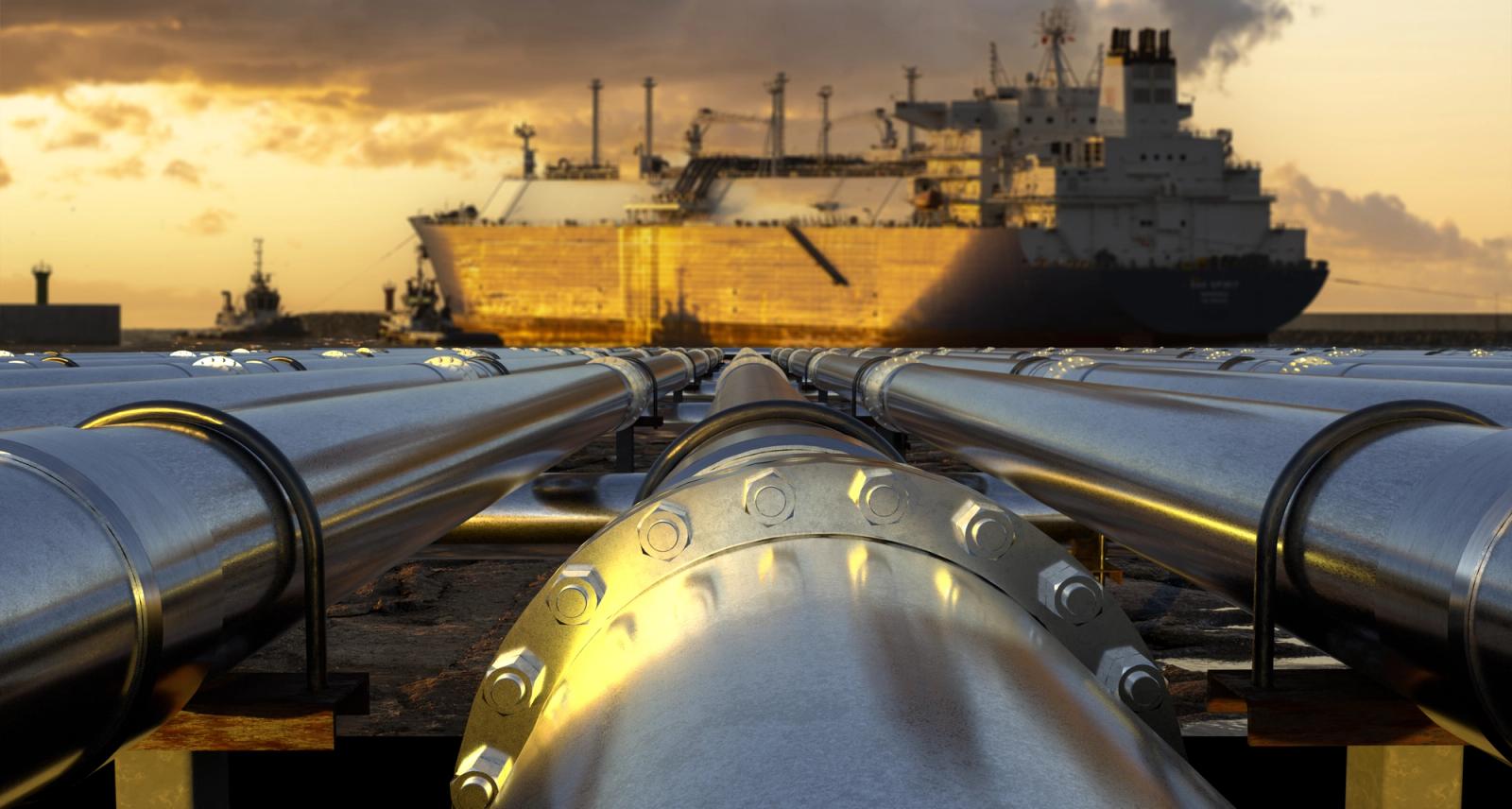Economy vs. ecology: Is B.C.’s new LNG plant really worth the cost?

Illustration by Mike Mareen / Shutterstock
The Topline
- Prime Minister Mark Carney announced that the $10-billion Ksi Lisims liquefied natural gas (LNG) export facility will be fast-tracked for approval by the country’s new Major Projects Office
- The project is one part of Carney’s plan to speed up natural resource project construction to boost the Canadian economy, which has been damaged by U.S. tariffs
- Prior to becoming prime minister, Carney had built his reputation as a global climate leader, warning that fossil fuel reserves were “ stranded assets ”
It could very well save our economy
The Liberal government is pushing hard to find new global trading partners – and for good reason . To keep our economy afloat, Canada needs to diversify its resources to other countries now that the U.S. has waged an economic war upon us.
If we look globally, the EU is phasing out Russian LNG by 2027. Demand for natural gas in the Asia Pacific region is projected to grow by 28.3 per cent by 2050, and many Asian countries still burn coal for energy. Natural gas, on the other hand, is seen as a better option with a lower carbon footprint.
Canada, on the other hand, is the fifth largest producer of natural gas worldwide. Building another LNG facility is a good bet for a payoff down the road – before even getting provincial government approval, Shell Canada agreed to buy two million tonnes of LNG per year from Ksi Lisims starting in 2028. This would be Canada’s second largest LNG facility – and one of the world’s cleanest.
In fact, there are environmental benefits from replacing coal use with natural gas. It isn’t carbon zero, but it’s arguably better than coal.
According to the Fraser Institute , if Canada doubles its current natural gas production, then exports the additional supply as LNG to Asia to displace an equivalent amount of coal, that could reduce global emissions by up to 630 million tonnes annually, which is like taking 137 million cars off the road – the equivalent to all the registered vehicles in South America, plus half the vehicles in the Middle East. No joke.
In other words…
Natural gas demand is growing and Canada has loads of reserves to sell. Ksi Lisims not only helps us diversify our economy away from the United States, it’s a rare chance for Indigenous-led development and cleaner energy exports. For some , this is a no brainer.
It’s hostile to the environment – and foreign-owned
On paper , Ksi Lisims seems like a potential boon for not only Canada’s economy, but environmental opposition to the project is strong – and for good reason.
Natural gas is still a greenhouse gas that contributes to climate change. Fracking for natural gas can cause earthquakes and uses massive amounts of water , affecting drinking water supply in affected regions.
Some neighbouring First Nations have opposed the project due to the impact construction would bring to their territorial lands. The Nass estuary, close to where the Ksi Lisims facility would be built, is home to salmon, shellfish and many species important to local First Nations.
Meanwhile, the David Suzuki Foundation accused Carney of skipping the COP30 leaders’ summit to “fast-track [an] American-owned fossil fuel project”. That’s right – because corporate filings suggest the money for this project may not even stay inside the country.
The Tyee is reporting that Ksi Lisims is a “wholly owned subsidiary” of Western LNG, based in Texas, which means this “nation-building” project will be foreign-owned. Several U.S. firms are also investing in Ksi Lisims, including Blackstone, a U.S. energy investment company; New York-based Jeffries Financial Group; and Chicago-based Transition Energy Partners.
The project is positioned as a partnership with the Nisg̱a’a Lisims Government – it’s located on their territory – but it’s unclear if the Nisga’a will have any direct ownership stake. Carney sidestepped the questions when asked by reporters.
In other words…
It’s a foreign-owned project that will burn more fossil fuels, which can only be accessed by fracking and causing earthquakes. For many, it seems like a complete waste of time and money if we’re trying to wean ourselves off the U.S. and, y’know, save the planet.
